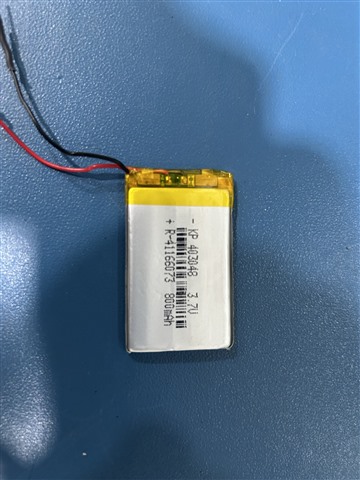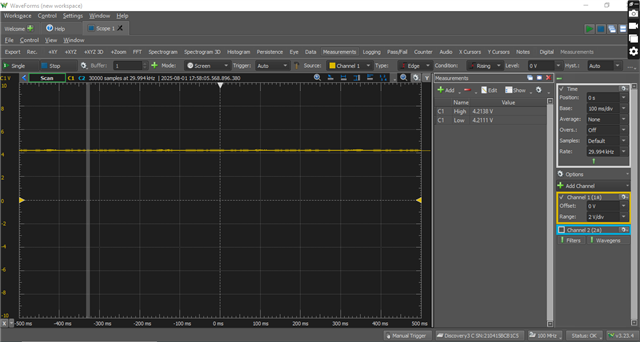Other Parts Discussed in Thread: BQ25629
Tool/software:
Hello @TI team,
can you provide me USB detection algorithm on BQ25622 means when USB is plug in to charge battery i should know,for that give me algo ya resister uaed for it
secondly give the algorithm for when my battery full charged .charging should stop.
give me algorithm ya resister list for both the cases.
thanks.




